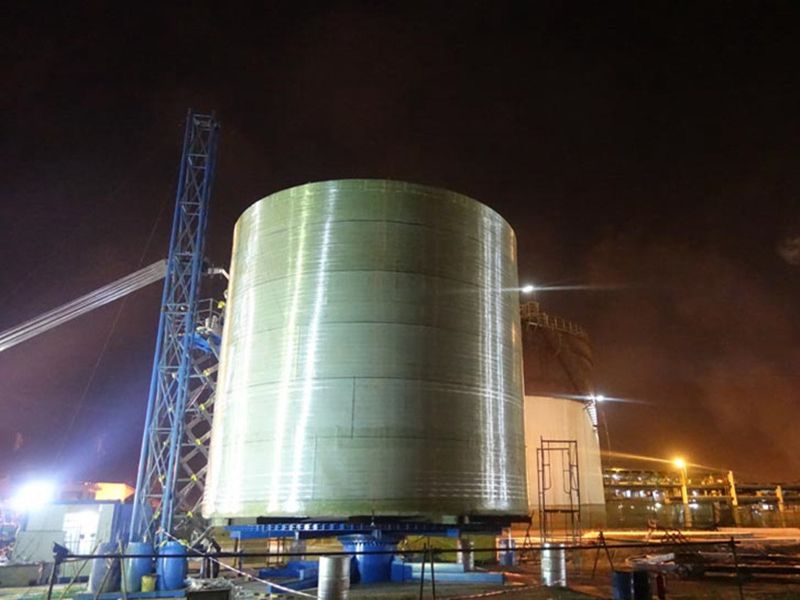
-
 Afrikaans
Afrikaans -
 Albanian
Albanian -
 Amharic
Amharic -
 Arabic
Arabic -
 Armenian
Armenian -
 Azerbaijani
Azerbaijani -
 Basque
Basque -
 Belarusian
Belarusian -
 Bengali
Bengali -
 Bosnian
Bosnian -
 Bulgarian
Bulgarian -
 Catalan
Catalan -
 Cebuano
Cebuano -
 China
China -
 China (Taiwan)
China (Taiwan) -
 Corsican
Corsican -
 Croatian
Croatian -
 Czech
Czech -
 Danish
Danish -
 Dutch
Dutch -
 English
English -
 Esperanto
Esperanto -
 Estonian
Estonian -
 Finnish
Finnish -
 French
French -
 Frisian
Frisian -
 Galician
Galician -
 Georgian
Georgian -
 German
German -
 Greek
Greek -
 Gujarati
Gujarati -
 Haitian Creole
Haitian Creole -
 hausa
hausa -
 hawaiian
hawaiian -
 Hebrew
Hebrew -
 Hindi
Hindi -
 Miao
Miao -
 Hungarian
Hungarian -
 Icelandic
Icelandic -
 igbo
igbo -
 Indonesian
Indonesian -
 irish
irish -
 Italian
Italian -
 Japanese
Japanese -
 Javanese
Javanese -
 Kannada
Kannada -
 kazakh
kazakh -
 Khmer
Khmer -
 Rwandese
Rwandese -
 Korean
Korean -
 Kurdish
Kurdish -
 Kyrgyz
Kyrgyz -
 Lao
Lao -
 Latin
Latin -
 Latvian
Latvian -
 Lithuanian
Lithuanian -
 Luxembourgish
Luxembourgish -
 Macedonian
Macedonian -
 Malgashi
Malgashi -
 Malay
Malay -
 Malayalam
Malayalam -
 Maltese
Maltese -
 Maori
Maori -
 Marathi
Marathi -
 Mongolian
Mongolian -
 Myanmar
Myanmar -
 Nepali
Nepali -
 Norwegian
Norwegian -
 Norwegian
Norwegian -
 Occitan
Occitan -
 Pashto
Pashto -
 Persian
Persian -
 Polish
Polish -
 Portuguese
Portuguese -
 Punjabi
Punjabi -
 Romanian
Romanian -
 Russian
Russian -
 Samoan
Samoan -
 Scottish Gaelic
Scottish Gaelic -
 Serbian
Serbian -
 Sesotho
Sesotho -
 Shona
Shona -
 Sindhi
Sindhi -
 Sinhala
Sinhala -
 Slovak
Slovak -
 Slovenian
Slovenian -
 Somali
Somali -
 Spanish
Spanish -
 Sundanese
Sundanese -
 Swahili
Swahili -
 Swedish
Swedish -
 Tagalog
Tagalog -
 Tajik
Tajik -
 Tamil
Tamil -
 Tatar
Tatar -
 Telugu
Telugu -
 Thai
Thai -
 Turkish
Turkish -
 Turkmen
Turkmen -
 Ukrainian
Ukrainian -
 Urdu
Urdu -
 Uighur
Uighur -
 Uzbek
Uzbek -
 Vietnamese
Vietnamese -
 Welsh
Welsh -
 Bantu
Bantu -
 Yiddish
Yiddish -
 Yoruba
Yoruba -
 Zulu
Zulu
tools for drilling through rock in tunnels, specifically designed ...
Tools for Drilling Through Rock in Tunnels A Comprehensive Overview
Drilling through rock for tunnel construction presents a unique set of challenges that require specialized tools and techniques. Given the complexity of geological formations, engineers and tunnelers employ a range of drilling equipment designed to enhance efficiency, minimize disruption, and ensure safety. This article explores the tools specifically designed for drilling through rock in tunnels, highlighting their functionalities, advantages, and technological advancements.
Types of Drilling Tools
1. Drill Bits The drill bit is the primary cutting tool used in drilling operations. There are various types of drill bits used for rock drilling, including - Diamond Bits Designed with industrial-grade diamonds, these bits are extraordinarily hard and capable of cutting through the toughest of rock types. They are particularly useful in hard rock formations. - Tricone Bits Featuring three rotating cones covered with hardened steel buttons or carbide inserts, tricone bits are versatile tools suitable for various rock types and drilling conditions. They efficiently handle different geological challenges. - PDC Bits (Polycrystalline Diamond Compact) Known for their durability and cutting efficiency, PDC bits are popular in tunnel construction where precision and speed are essential. Their ability to cut through rock with minimal wear makes them a favored choice among engineers.
2. Drilling Rigs Modern drilling rigs have evolved into high-tech pieces of machinery equipped with various features to facilitate rock drilling. These rigs may include - Rotary Drilling Rigs Utilizing a rotating drill stem, these rigs work exceptionally well for drilling through hard rocks. Their robust structure allows them to apply significant amounts of torque, ensuring effective penetration of rocky grounds. - Continuous Miner Systems Common in tunneling operations, continuous miners excel in mining ore while simultaneously cutting and gathering rock. These machines enhance productivity and reduce the need for secondary drilling and blasting.
3. Hydraulic Drilling Tools Hydraulic systems have revolutionized drilling in challenging environments. Hydraulic drills utilize fluid under pressure to drive the drilling process, allowing greater control and flexibility in various geological conditions. These tools offer powerful cutting capabilities and improved safety features for underground operations.
tools for drilling through rock in tunnels, specifically designed ...

Advantages of Specialized Drilling Tools
- Efficiency Specialized tools expedite the drilling process, reducing the time required to penetrate rocky formations. High-speed drilling capabilities minimize project timelines, translating into cost savings. - Precision Advanced drilling tools, such as PDC bits, provide precise control during the drilling process, minimizing the risk of deviating from the planned tunnel alignment. This precision is crucial for the safety and structural integrity of tunnels. - Safety The use of modern machinery equipped with safety features significantly reduces the risks associated with drilling in hazardous environments. Enhanced stability, emergency shutdown systems, and remote operation capabilities contribute to overall worker safety.
Technological Advancements in Drilling Tools
The field of drilling technology is continually evolving, with ongoing innovations aimed at improving efficiency and safety. Recent advancements include - Automation The integration of AI and automation in drilling equipment allows for real-time data analysis and adjustments during operations. This leads to more efficient drilling processes and better handling of unforeseen geological challenges. - Smart Sensors Equipped with smart sensors, modern drilling tools can monitor temperature, pressure, and other parameters, providing engineers with vital information about the drilling environment and enabling predictive maintenance. - Eco-friendly Solutions New drilling technologies are increasingly focusing on sustainability, employing methods that minimize environmental impact. Innovations such as waterless drilling systems are helping reduce the ecological footprint of tunneling projects.
Conclusion
Drilling through rock for tunnel construction is a complex endeavor that requires specialized tools and technologies. Understanding the variety of available equipment—ranging from drill bits and drilling rigs to hydraulic tools—enables engineers to select the right tools for specific geological conditions. With continuous technological advancements, the future of tunnel drilling looks promising, paving the way for more efficient, safe, and environmentally friendly methods of construction.









